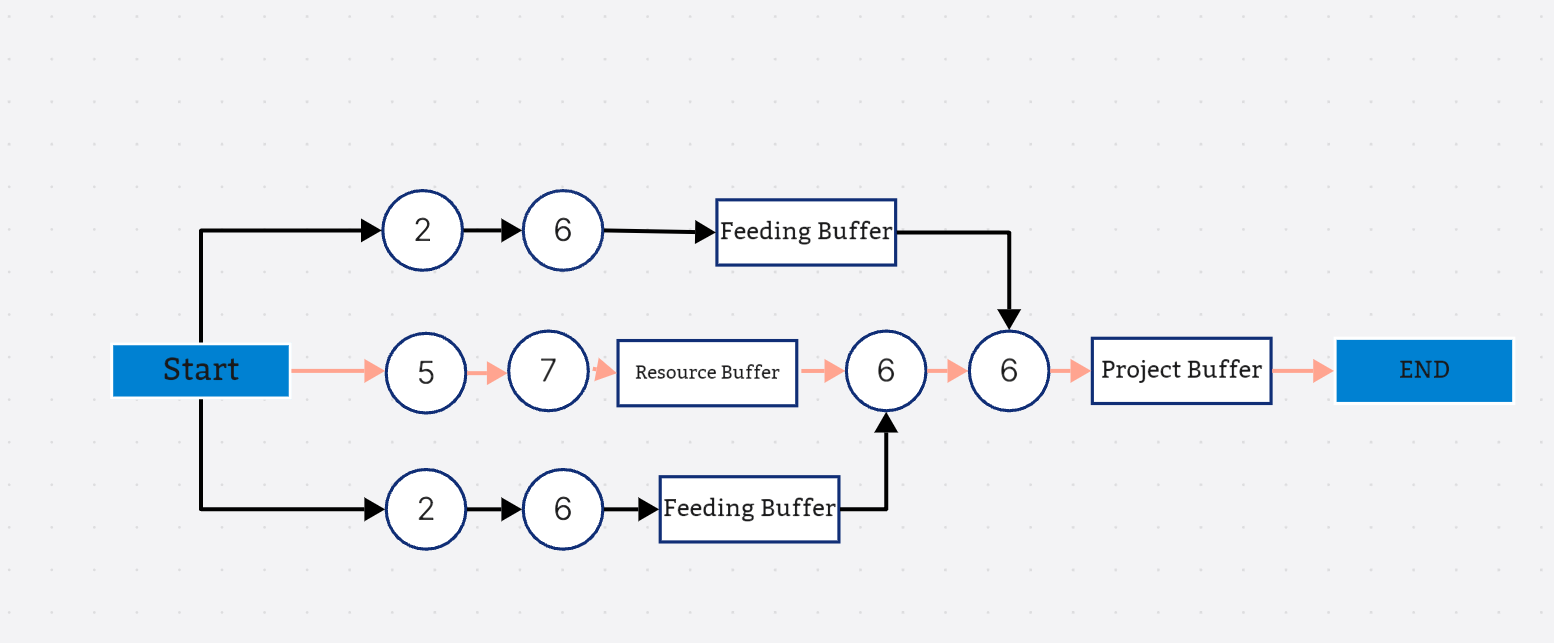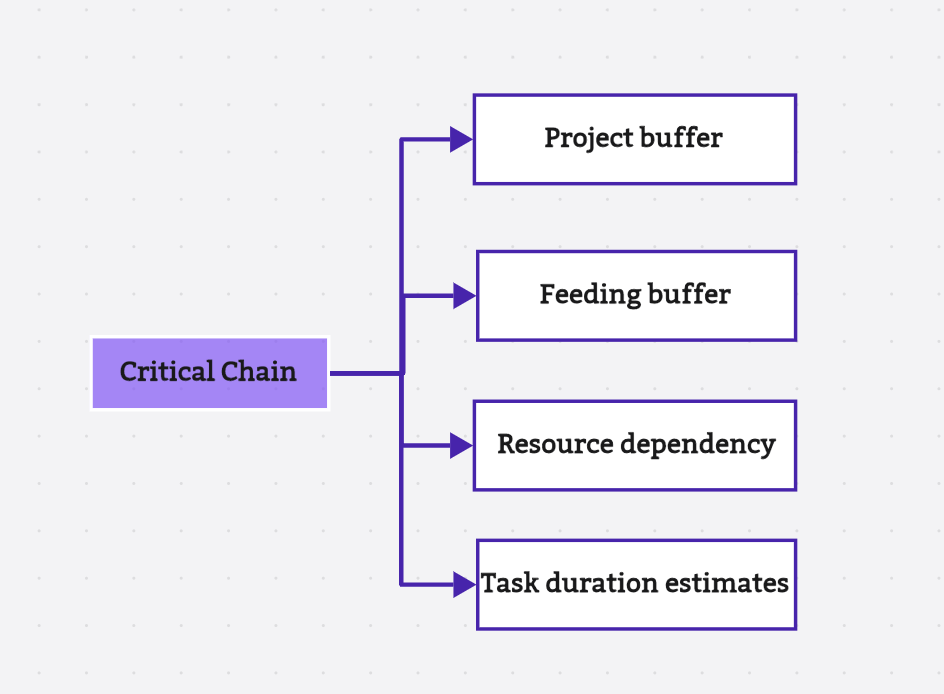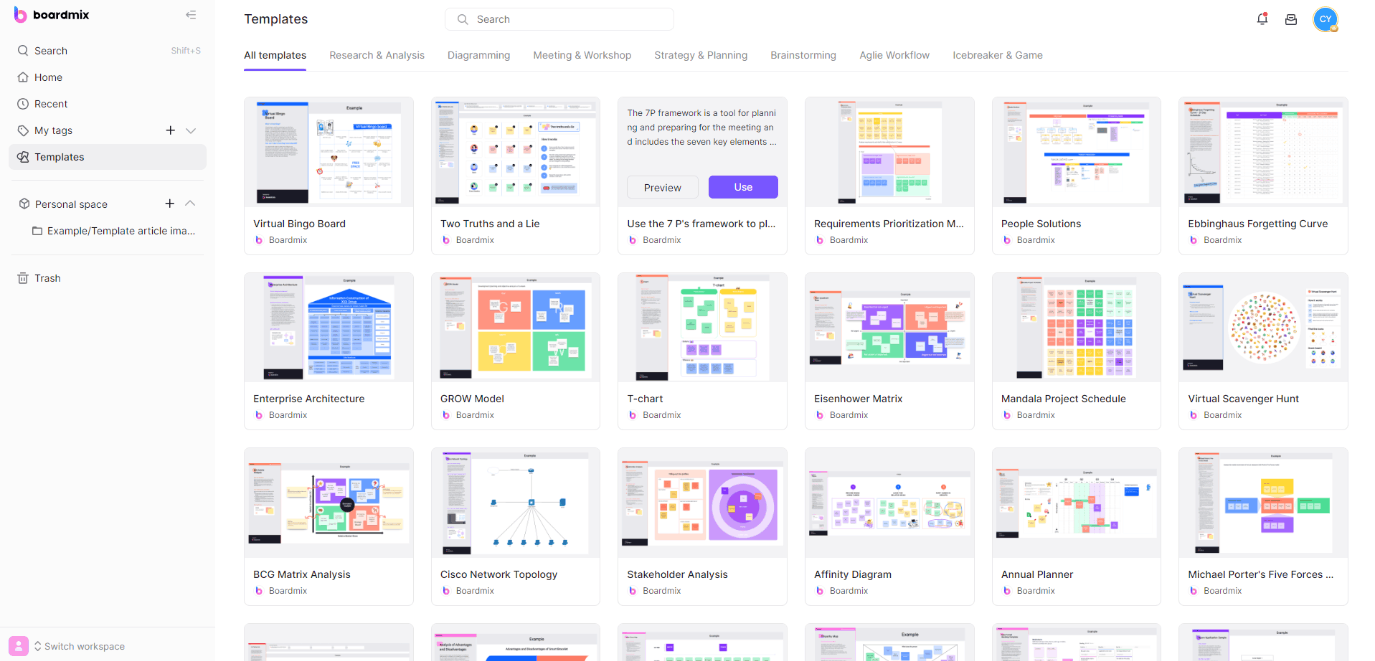In the ever-evolving and fast-paced realm of project management, achieving efficiency is not just an advantage, it's a necessity. Critical Chain Project Management (CCPM), a technique that has consistently demonstrated its effectiveness in boosting this much-needed efficiency, stands as a testament to this fact. This comprehensive guide aims to provide an in-depth exploration of CCPM - its core principles, integral components, and practical application. It will equip you with the knowledge and tools necessary to implement this powerful method in your projects, thereby driving optimal results and maximizing productivity.
Part 1. What Is the Critical Chain Technique in Project Management?
Critical Chain Project Management (CCPM) is a robust and innovative method that strategically concentrates on resource scheduling and project timelines to ensure efficient execution and timely completion of projects. CCPM underscores the significance of critical resources and tasks, acting as a guiding light for managers in their decision-making process. By helping them prioritize effectively, it minimizes the risk of delays and disruptions. This approach not only streamlines the workflow but also enhances productivity by ensuring that critical elements receive the attention they deserve. In essence, CCPM serves as a powerful tool for managers seeking to optimize their project management strategies.
Part 2. Components of a Critical Chain
The critical chain, a cornerstone of CCPM, is composed of several pivotal elements. These include the project buffer, which acts as a safety net for unforeseen delays; feeding buffers that protect against disruptions in non-critical tasks affecting critical ones; resource dependencies that highlight the interrelation between different resources; and task duration estimates that provide a realistic timeline for project completion. Each component plays a unique role in ensuring the smooth functioning of the project. A thorough understanding of these components not only aids in successful CCPM implementation but also empowers managers to effectively navigate through potential challenges and bottlenecks.
Part 3. 4 Steps to Utilize Critical Chain Method in Project Management
The implementation of CCPM is a strategic process that involves four key steps, each contributing to the overall success of the project.
- Identification of Critical Tasks and Resources: This forms the backbone of your project plan, involving pinpointing those elements that are crucial for the timely and successful completion of the project.
- Development of a Realistic Schedule: Based on the identified tasks and resources, this step ensures that every aspect of the project has been accounted for in a practical timeline.
- Integration of Buffers: These safety nets are designed to absorb any unforeseen delays or disruptions, thereby protecting your critical chain from being affected.
- Monitoring Progress Against the Schedule: This involves regular check-ins and updates to ensure that everything is on track and any deviations are promptly addressed.
Part 4. Boardmix – Best Tool to Combine with CCM
Boardmix, with its state-of-the-art online whiteboard platform, serves as an ideal companion to CCPM. It is intuitively designed to seamlessly integrate with the principles of CCPM, thereby enhancing its effectiveness. Boardmix boasts a vast array of drawing templates that cater to diverse project needs. These templates simplify the process of visualizing project timelines and resource allocation, making it more accessible and less time-consuming. This not only aids in better understanding and communication of the project plan but also facilitates smoother implementation of CCPM. With Boardmix, managing complex projects becomes a breeze, making it an indispensable tool for any project manager aiming to leverage CCPM for improved efficiency and productivity.
FAQs about Critical Chain Method in Project Management
1. How is CCM different from CPM?
While both the Critical Chain Method (CCM) and the traditional Critical Path Method (CPM) place significant emphasis on task sequencing and timing, they differ in their approach towards resource management. CCM stands out with its unique focus on resource availability. Unlike CPM, which primarily concentrates on the longest path of tasks in a project, CCM prioritizes the most resource-intensive tasks, ensuring that crucial resources are optimally allocated and readily available when needed. This strategic emphasis on resource availability makes CCM a more holistic and effective approach to project management, particularly in scenarios where resources are constrained or highly variable.
2. What is critical in project management?
In project management, 'critical' refers to tasks or resources that could significantly impact the project's timeline if delayed or unavailable. It is used to denote those tasks or resources that hold a pivotal role in the successful and timely completion of a project. These critical elements, if delayed or unavailable, could cause substantial disruptions in the project's timeline, potentially leading to missed deadlines or overruns in budget.
3. Why is it called CCM?
The term 'Critical Chain' is aptly named as it zeroes in on the sequence of dependent tasks - the 'chain' - that hold the utmost importance for completing the project within the stipulated timeframe. These tasks are deemed 'critical' because any delay or disruption in their execution can have a domino effect, potentially derailing the entire project schedule. The Critical Chain method, therefore, places significant emphasis on these tasks, ensuring they are meticulously planned and managed to avoid any negative impact on the project's timeline. This focus on critical dependencies helps in streamlining processes, optimizing resource allocation, and ultimately driving project success.
4. What is the difference between Agile and CCPM?
While Agile methodology places a premium on flexibility, adaptability, and continuous customer feedback throughout the development stages, CCPM adopts a slightly different approach. CCPM puts more emphasis on efficient resource allocation and strict adherence to schedules to ensure timely project completion. It underscores the importance of identifying critical tasks and resources, developing realistic schedules based on these elements, integrating buffers to accommodate uncertainties, and continuously monitoring progress against the established schedule. While both methodologies aim for project success, their strategies differ - Agile thrives on iterative progress and customer involvement while CCPM focuses on resource optimization and schedule management.
Conclusion
Grasping and implementing Critical Chain Project Management can dramatically enhance your project results by guaranteeing optimal resource utilization and punctual delivery. With the intuitive and feature-rich Boardmix at your fingertips, mastering this technique is a breeze! Experience seamless CCPM implementation like never before with Boardmix - your ultimate tool for efficient project management.








